Estimated reading time: 9 minutes
Ever noticed that your furry friend’s nose has two tiny slits on the sides? These intriguing features serve a crucial role in enhancing their exceptional sense of smell.
In this article, you’ll delve into the mystery behind these distinct nostril structures, discover how they contribute to your dog’s sniffing superpowers, and get an insight into how evolution has shaped canine noses for survival.
Stay with us for some fascinating facts about man’s best friend!
Key Takeaways
- Dog noses have slits on the sides that help them keep scent particles in their noses longer, allowing them to track smells they like.
- The slits also prevent smells from getting mixed up or lost when dogs exhale, helping them locate specific scents and follow scent trails effectively.
- The air turbulence created by the slits helps mix new scents with old ones, enhancing a dog’s ability to detect and discriminate smells.
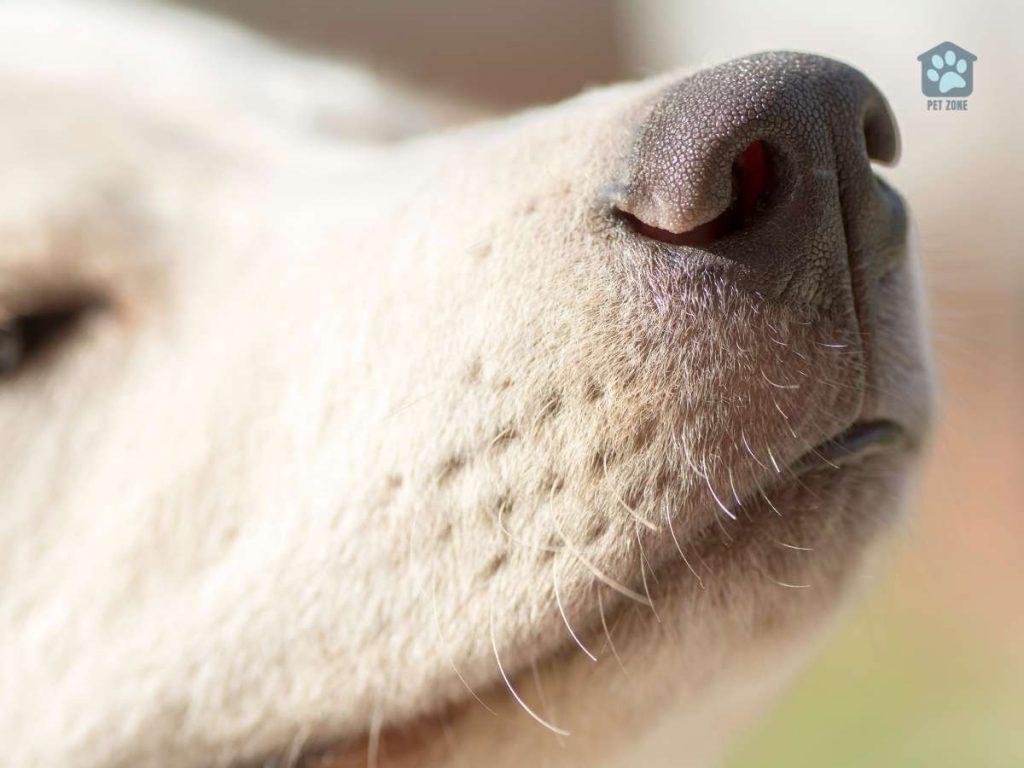
The Purpose of Dog Nose Slits
Dog nose slits serve multiple purposes, including retaining scent particles, avoiding dilution of scents, and creating air turbulence.
Retaining scent particles
Dog noses have small slits on the sides. These slits do a big job! They help dogs keep scent bits in their noses longer. This helps them to find out and track smells they like. Think about your dog going after its favorite toy or food smell.
The role of these tiny nose slits becomes huge here! The more time the scent stays, the better dogs can tell what it is. So, next time you see your dog sniffing around, know that its nose is working hard!
Avoiding dilution of scents
Nose slits play a big part in a dog searching for smells. They let dogs exhale without losing the scent they are sniffing. This is because the smelly air going into the dog’s nostrils doesn’t get diluted with the outgoing air.
Think of it like this: If you blow on a tasty pie, can you still smell it? With dog’s nose slits, yes! This makes sure that even faint scents stay strong for them to track down.
This is also why dogs have quick, short sniffs. Each sniff brings new scents into their noses. But thanks to those small slits, these new smells don’t get mixed up or lost with outgoing breaths.
So each and every tiny smell gets its own special spot in your dog’s super-smelling system!
Creating air turbulence
The slits on a dog’s nose do an important job. They help make the air move in a wild way, or what we call “turbulence”. Think of how water swirls when it goes down a drain. The air inside your dog’s nostrils does the same thing! This is all thanks to those small cuts on their noses.
As your pet exhales, this crazy air helps mix new scents with old ones. It can even keep smells inside the nose for many breaths. This aids our furry friends in sniffing out and sorting smells better than we ever could! Your dog’s special nose slits are real superpowers.
The Role of Dog Noses in Smell Detection
Dog noses play a crucial role in smell detection due to their enhanced sensitivity and increased scent discrimination abilities.
Enhanced sensitivity
A dog’s sense of smell is much more powerful than ours. Their noses have up to 300 million olfactory receptors, compared to our measly six million. This enhanced sensitivity means that dogs can detect scents that humans cannot even perceive.
To use an analogy between scent and sight to really put it into perspective: your dog can “see” more than 3000 miles with his nose. Humans can see about a third of a mile!
They can pick up on the slightest odor and analyze it in great detail. This superpower allows them to track scents, locate objects or individuals, and even detect certain diseases or substances.
So next time you wonder why your dog seems obsessed with sniffing everything, remember that their nose is like a finely tuned instrument, capable of detecting smells we can only imagine.
Increased scent discrimination
The slits on a dog’s nose play an important role in their increased scent discrimination. These slits help to trap and analyze scent particles, allowing dogs to have a more refined sense of smell.
With the ability to detect even the faintest aromas, dogs can pinpoint specific scents and distinguish between different odors. This enhanced scent discrimination is why dogs excel in tasks such as search and rescue missions or detecting drugs and explosives.
The presence of nose slits truly makes a difference in a dog’s incredible olfactory abilities.
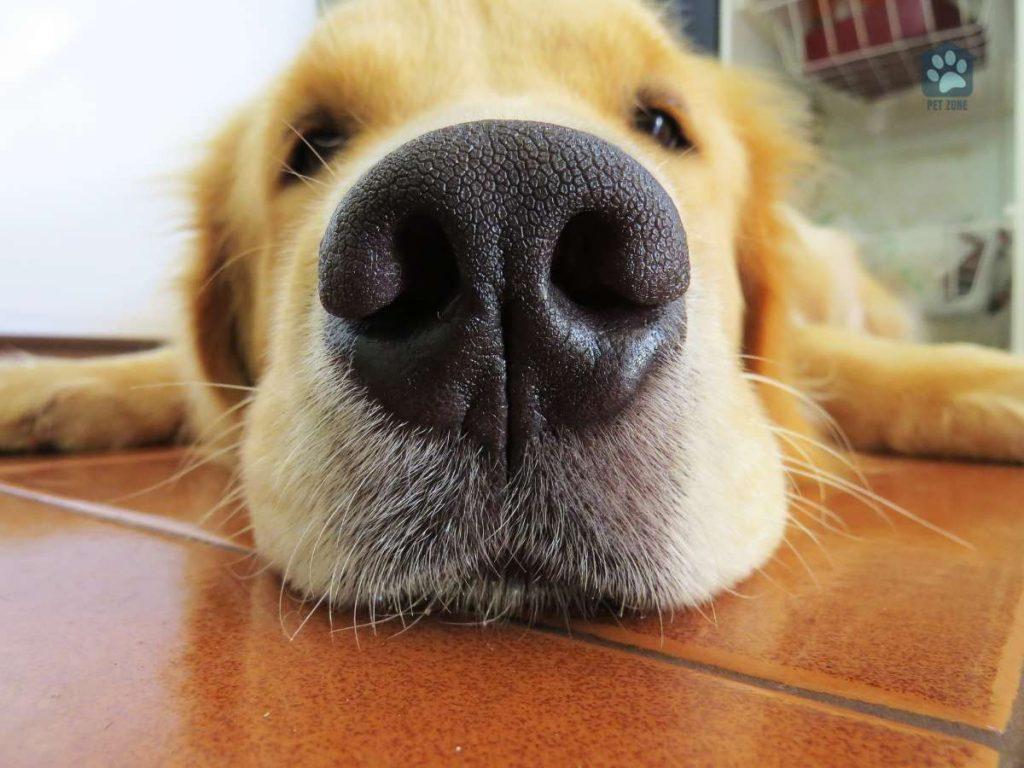
Evolutionary Adaptations of Dog Noses
Dog noses have evolved over time, developing these slits to enhance their sense of smell and improve their hunting abilities.
Development of slits
Dog noses have evolved over time to be well-suited for their incredible sense of smell. One important development is the presence of slits on the sides of their nostrils. These slits allow dogs to retain scent particles inside their noses when they exhale, rather than releasing them with the outgoing air like humans do.
This is a crucial adaptation that helps dogs analyze scents more effectively. The development of these slits shows how dogs’ sense of smell has continuously improved through evolution.
Importance for survival and hunting
Dog nose slits are extremely important for a dog’s survival and hunting abilities. These small openings on the sides of their nostrils help them gather information about their environment and locate prey.
With these slits, dogs can exhale air in a way that creates swirling currents, allowing scents to be retained in their noses for longer periods of time. This is crucial when they are tracking something or searching for smells.
The scent particles remain concentrated at the back of the nose, making it easier for dogs to analyze and interpret the smell accurately. Without these nose slits, scents would get diluted too quickly with outgoing air, making it harder for dogs to detect and follow smells effectively.
Other Features of Dog Noses
Moistness of nose
Dogs have moist noses because moisture is important for their sense of smell. The moisture helps trap scent particles in the air and enhances their ability to detect different smells.
Dogs learn to keep their nose moist by licking it when it becomes dry. You may have noticed that a dog’s nose feels wet on the outside, and this is due to the natural moisture produced by their nose.
So, if you ever see your dog licking its nose, they are just helping to maintain that helpful moisture for their amazing sense of smell!
Ability to detect pheromones
Dogs have an incredible ability to detect pheromones, which are chemicals that carry important messages between animals. These pheromones can convey information about things like mating availability, fear, or even danger.
Dogs’ noses are specially designed to pick up on these scents because they have a large number of olfactory receptors in their nasal cavity. The presence of slits on the sides of their nose helps them detect these pheromones more effectively.
When dogs inhale and exhale, they can analyze new odors and pheromones, allowing them to gather important information about their surroundings and other animals. This is why dogs are often used for tasks that require the detection of pheromones, such as tracking scents or search and rescue work.
Temperature regulation
Dogs can’t control their body temperature like humans do because they don’t have sweat glands. Instead, they release heat through their noses. The dog’s nose not only helps with smelling things, but it also acts as a sensor for heat.
If you touch your dog’s nose, you might notice that it feels colder than the room temperature. This is actually important for their health! By paying attention to the temperature of your dog’s nose, you can get an idea of how hot or cold they might be feeling.
It’s an interesting way to keep track of their well-being and make sure they’re comfortable.
Ability to “smile” or “frown”
Dog noses have an interesting ability to “smile” or “frown,” which is actually a way for them to control the flow of air through their nostrils. When dogs exhale, they can slightly open their nostrils to let out a small amount of air.
This helps them avoid diluting the scents they are trying to detect and analyze. On the other hand, when dogs inhale, they can close their nostrils tightly, allowing them to take in concentrated smells without any interference from outgoing air.
This unique feature makes it easier for dogs to pinpoint specific odors and follow scent trails effectively. So next time you see your dog wrinkling its nose or sniffing intensely, remember that it’s using this superpower of controlling airflow through its nose to navigate the world of scents.
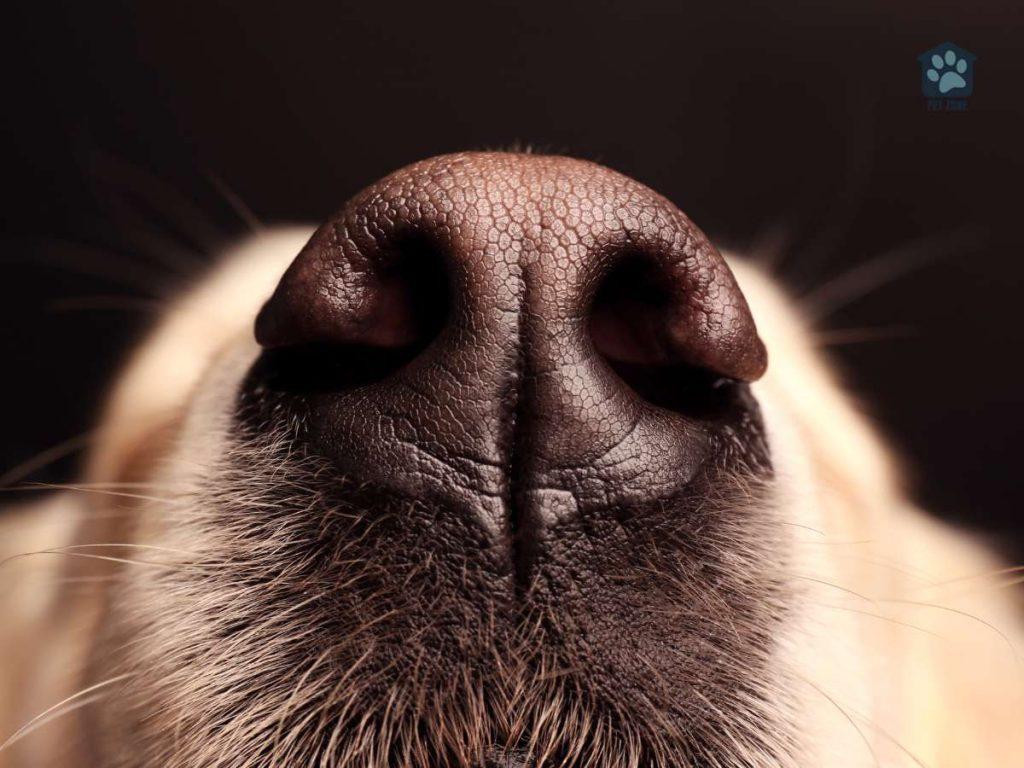
Conclusion
In conclusion, dog noses have slits to help retain scent particles and avoid dilution of smells. These slits create air turbulence, allowing dogs to detect and discriminate scents more effectively.
It’s an amazing adaptation that contributes to their incredible sense of smell, making dogs truly exceptional in navigating the world through scent. So next time you see a dog with those adorable nose slits, remember how they play a crucial role in their superpower-like ability to sniff out the world around them!
FAQs
1. Why do dogs have slits on their noses?
Dogs have slits, also known as turbinates, on their noses to let them breathe while keeping a steady stream of air for up to 40 seconds, aiding in scent analysis.
2. How does breathing work for a dog when it’s sniffing?
A dog inhales and smells through nostrils independently which makes it possible for the dog to pinpoint where a smell is coming from. They can even tell which nostril a smell entered.
3. What happens when a dog exhales?
When a dog exhales, the exhaled air is released from the side slits so that incoming smells don’t get diluted with the outgoing ones.
4. Can all dogs follow scents well?
Some breeds like purebreds can smell better than others mainly due to more area in the back of the nose dedicated to scent analysis but generally, all dog’s noses are very powerful sniffers.
5. Are there any other benefits to how dogs breathe in smells?
Yes! Dogs can detect changes like low blood sugar or see cancer cells and can aid in searching for missing people or detecting drugs using nose work games.
6. What should I do to take good care of my pet’s nose?
It’s important you visit your veterinary hospital regularly for preventive care and to keep your pet properly hydrated and clean always.
As an Amazon Associate I earn from qualifying purchases.
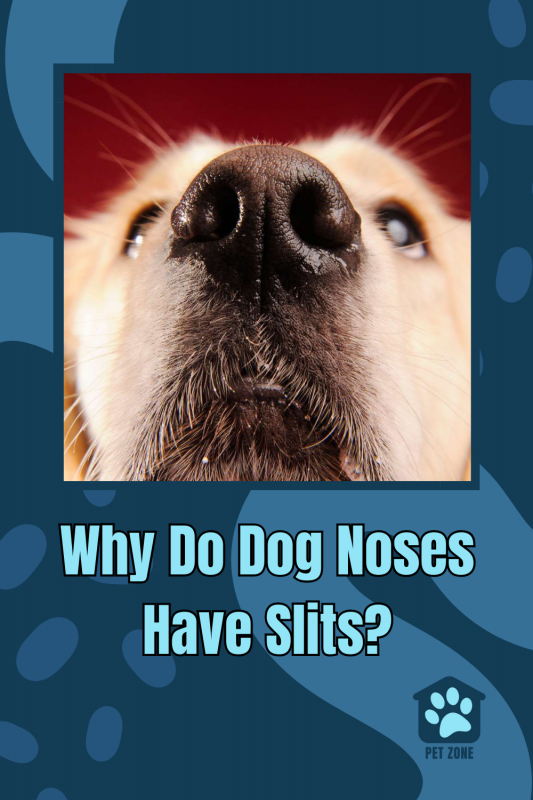
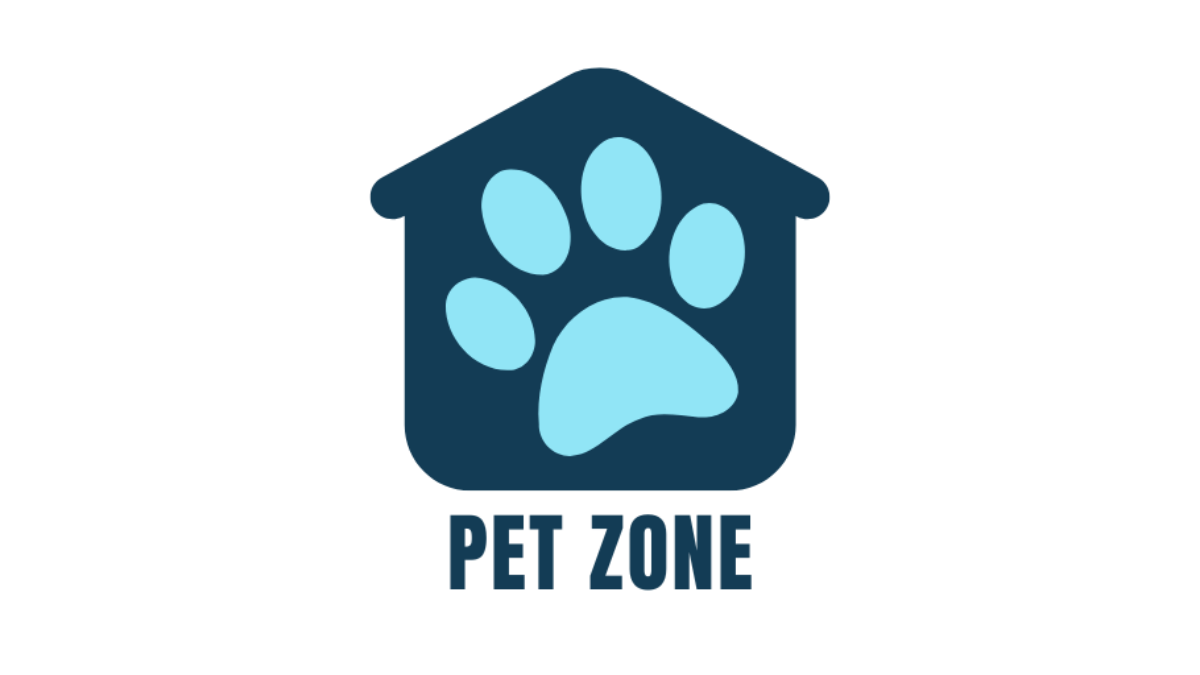

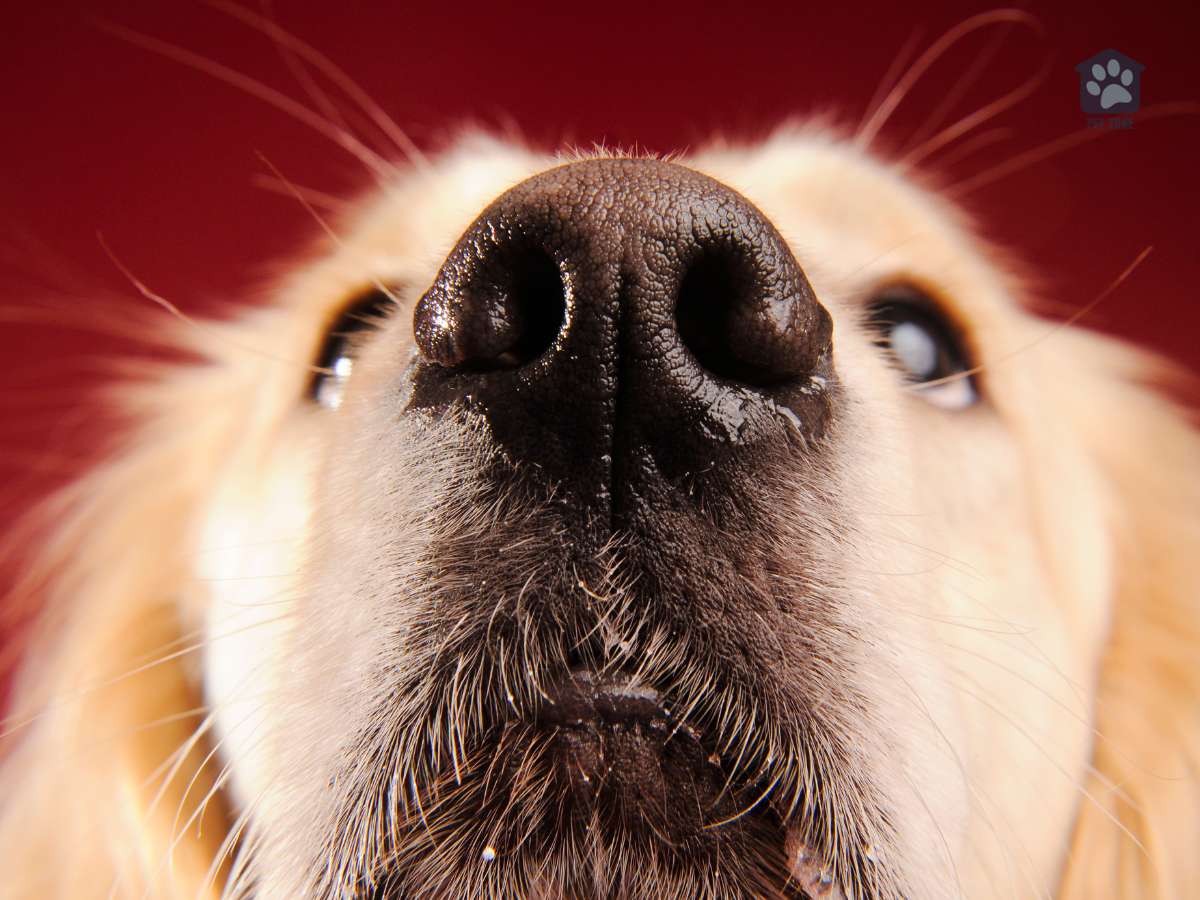
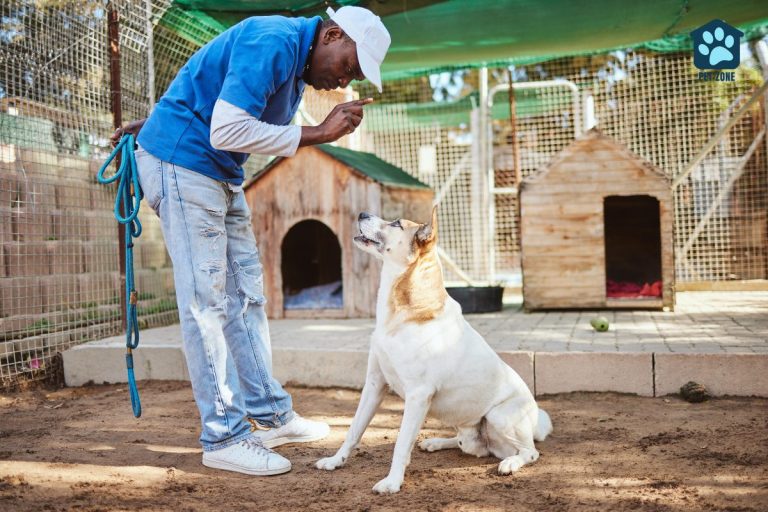
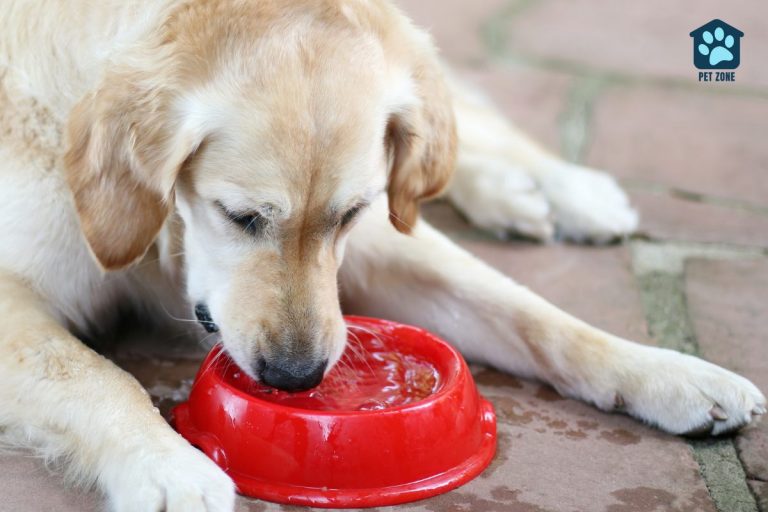
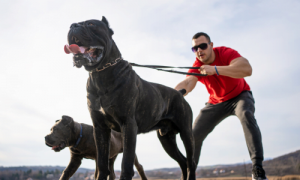
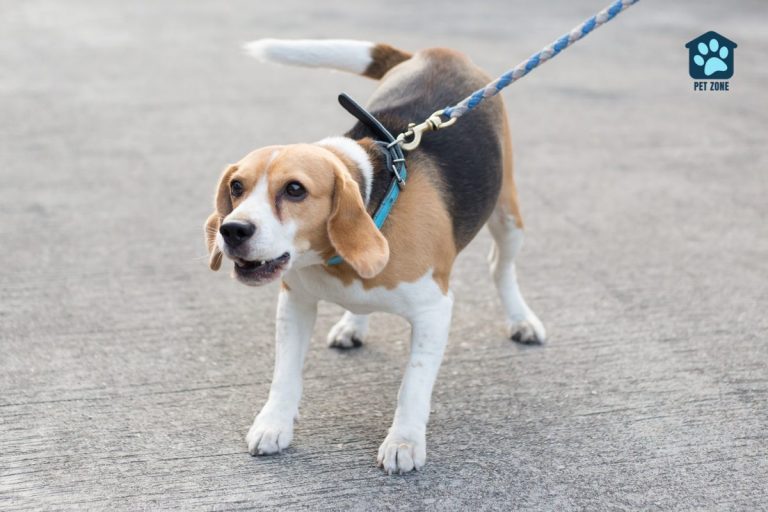
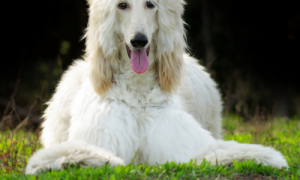

Very interesting. I love learning more about my pup’s abilities. My Belgian Malinois certainly had an amazing sense of smell from his nose that was perfect for tracking as a police K9.
I had really no idea why! Learned something today 🙂
Thank you for sharing
That’s why when you buy a dog which already its own home can smell and return back to it’s original home
I had no idea why! Thanks for teaching!
Interesting! I just checked my dog out to see the slits.. lol! Great article with interesting information. I always learn something new!